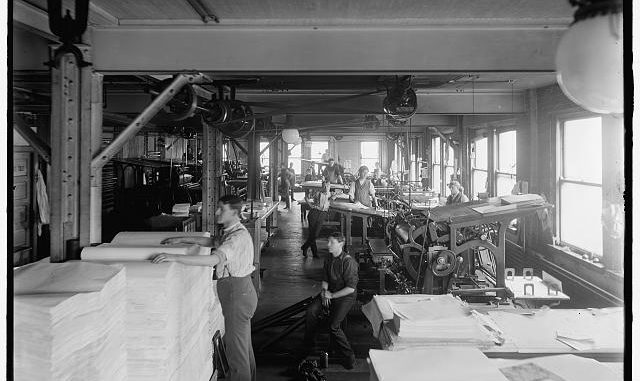
FRQ #3, SCOTUS Comparison.
Jay Near was the publisher of a newspaper in Minneapolis in the late 1920s called The Saturday Press. In it he accused public officials of corruption in sensational exposes and took an anti-Catholic, anti-Semitic, and anti-labor posture. A 1925 Minnesota state law known as the Public Nuisance Law or “Minnesota Gag Law” banned future publication of The Saturday Press on the grounds that its bigoted attitudes constituted a public nuisance. Near sued, arguing Minnesota had taken his First Amendment right. A state court upheld the ban, but the newly formed American Civil Liberties Union became interested in the case and it came before the Supreme Court in 1931 as Near v. Minnesota. In a 5:4 vote, the Court ruled that the state law preventing publication in advance was unconstitutional even if what was going to be published was untrue.
(A) Identify the constitutional clause that is common to both Near v. Minnesota (1931) and New York Times Co. v. United States (1971).
(B) Based on the clause identified in Part A, explain a difference between the facts of Near v. Minnesota and those in New York Times Co. v. United States (1971).
(C) Describe an action that a person or organization could take after publication of a controversial, libelous, or offensive article.